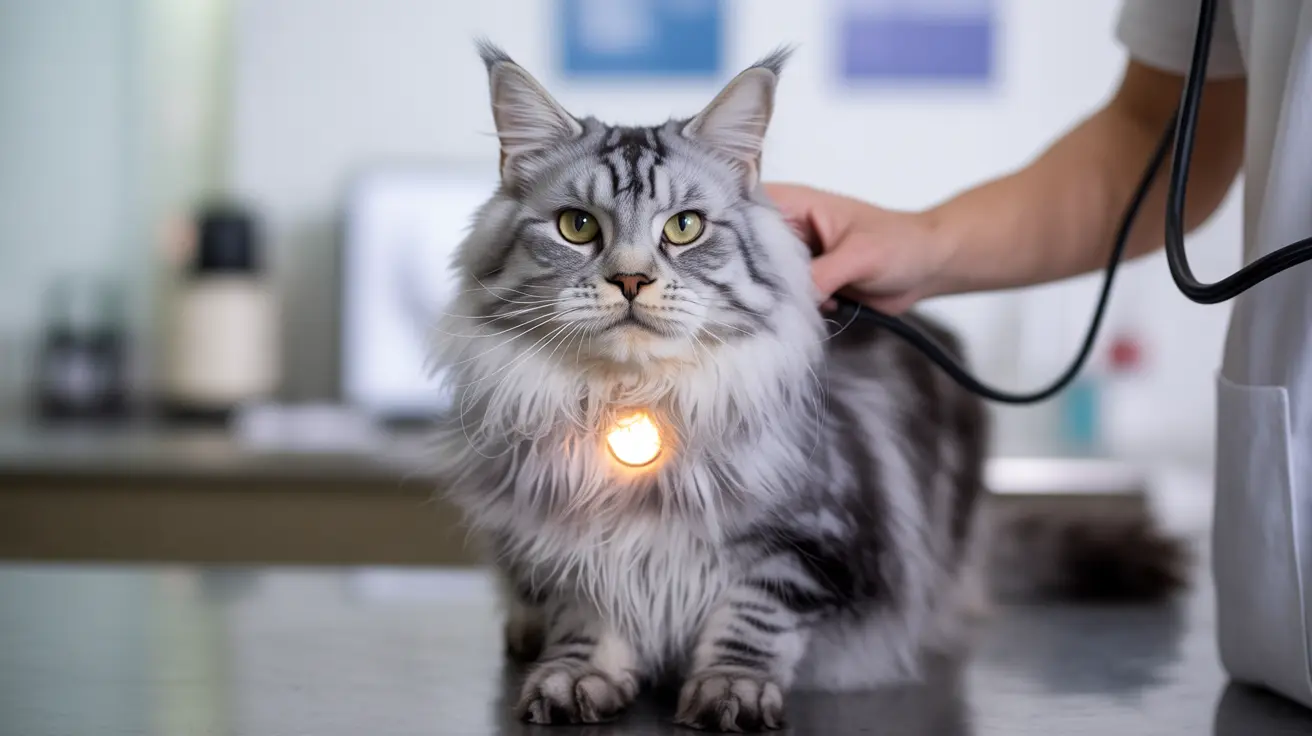Introduction
While microchipping is widely recognized as a safe and effective method of pet identification, understanding cat microchip side effects is crucial for making informed decisions about your feline friend's health. This comprehensive guide explores the potential reactions, risks, and long-term implications of microchipping cats, helping you weigh the benefits against possible complications.
As a permanent form of identification that has helped reunite countless lost cats with their owners, microchipping has become a standard practice in responsible pet ownership. Let's examine what you need to know about the procedure and its potential effects.
Common Side Effects of Microchipping
Most cats experience minimal discomfort during and after microchip implantation. The most frequent side effects are typically mild and short-lived:
- Minor pain or soreness at the injection site
- Temporary swelling or redness
- Slight bleeding or bruising
- Brief discomfort during the procedure
These reactions usually resolve within 24-48 hours without requiring medical intervention. Many cats show no visible signs of discomfort after the procedure.
Understanding Microchip Migration
Microchip migration represents the most commonly reported long-term side effect, occurring in over 50% of reported adverse cases. The chip may move from its original position between the shoulder blades to nearby areas in the body.
While migration rarely causes health issues, it can make the chip harder to detect during scanning. Veterinarians address this by scanning a wider area during routine checks to ensure the chip remains readable.
Rare but Notable Complications
Infection Risk
Although uncommon, representing only about 6% of reported adverse effects, some cats may develop an infection at the implantation site. Signs of infection include:
- Persistent swelling or warmth
- Discharge or pus
- Excessive tenderness
- Unusual behavior or discomfort
Chip Malfunction
In very rare cases, microchips may fail to function properly. This typically occurs due to:
- Manufacturing defects
- Damage during implantation
- Scanner compatibility issues
- Extreme migration making detection difficult
The Truth About Cancer Risks
One of the most discussed concerns is the potential link between microchips and cancer. However, it's important to note that there are no verified cases of microchip-induced tumors in cats in veterinary literature. While some studies have shown rare instances in laboratory mice, the risk in cats is considered extremely low to non-existent.
Long-Term Safety and Monitoring
The vast majority of cats live their entire lives without any complications from their microchips. Regular veterinary check-ups typically include scanning the chip to verify its location and functionality, ensuring any potential issues are caught early.
Frequently Asked Questions
What are the common side effects of microchipping my cat?
The most common side effects include temporary pain or discomfort at the injection site, minor swelling, and slight bleeding. These typically resolve within 24-48 hours.
Can a cat's microchip move or migrate after implantation, and does that affect its safety?
Yes, microchip migration can occur and is the most common reported side effect. While migration rarely poses health risks, it may make the chip harder to detect. Veterinarians address this by scanning a wider area during checks.
Is there any risk of infection or other complications from the microchip implantation?
While infections are rare (about 6% of reported adverse effects), they can occur. Signs include persistent swelling, discharge, or unusual discomfort. Most infections respond well to antibiotic treatment.
Do microchips cause cancer or tumors in cats?
There are no verified cases of microchip-induced tumors in cats in veterinary literature. While theoretical concerns exist, the risk is considered extremely low to non-existent.
How painful is the microchipping procedure for cats and what should I expect during recovery?
The procedure is similar to a routine vaccination in terms of pain level. Most cats recover immediately and can resume normal activities. No special aftercare is typically needed beyond monitoring the injection site for a few days.
Conclusion
While cat microchip side effects do exist, they are generally mild and temporary. The benefits of having a permanent form of identification vastly outweigh the minimal risks involved. Regular veterinary monitoring and awareness of potential complications ensure that any issues can be addressed promptly, making microchipping a safe and valuable tool for protecting your feline companion.






